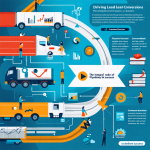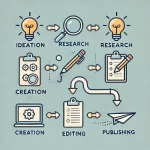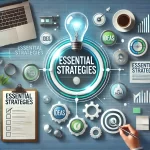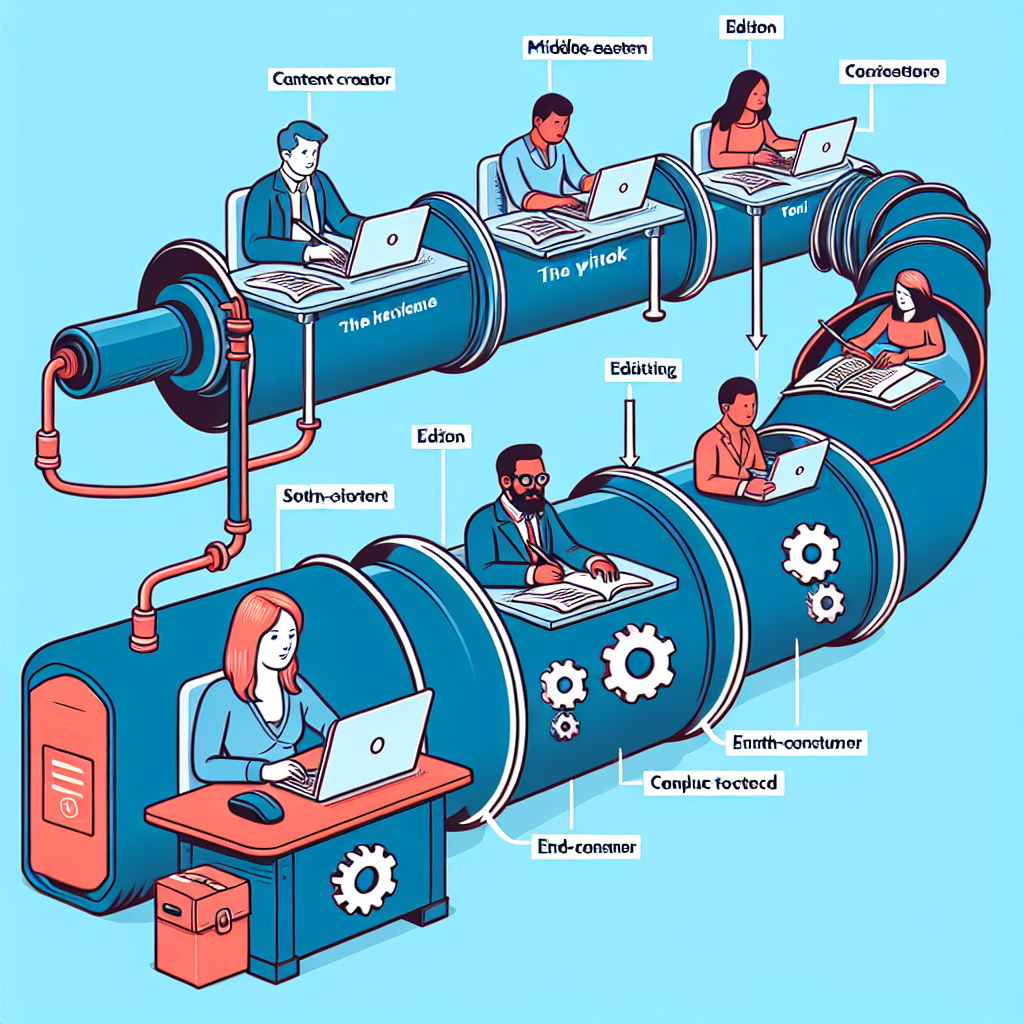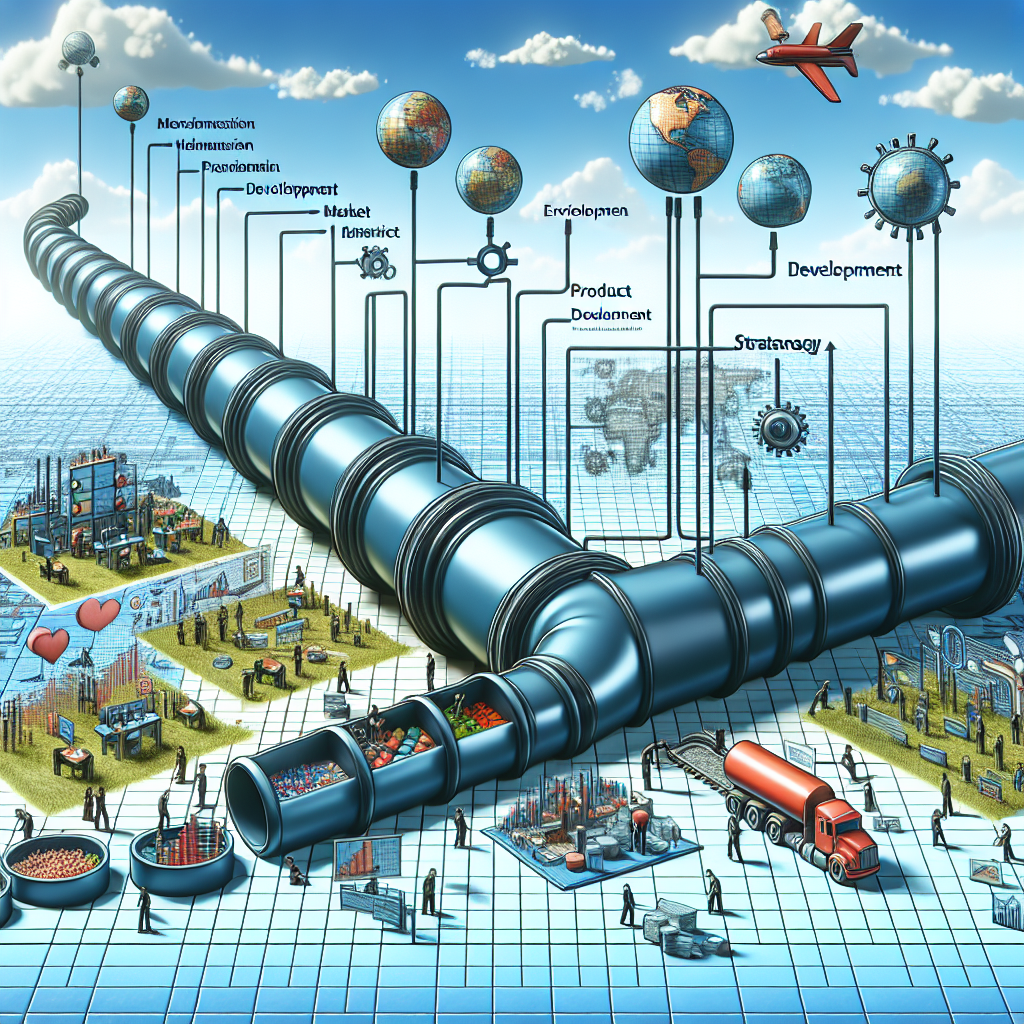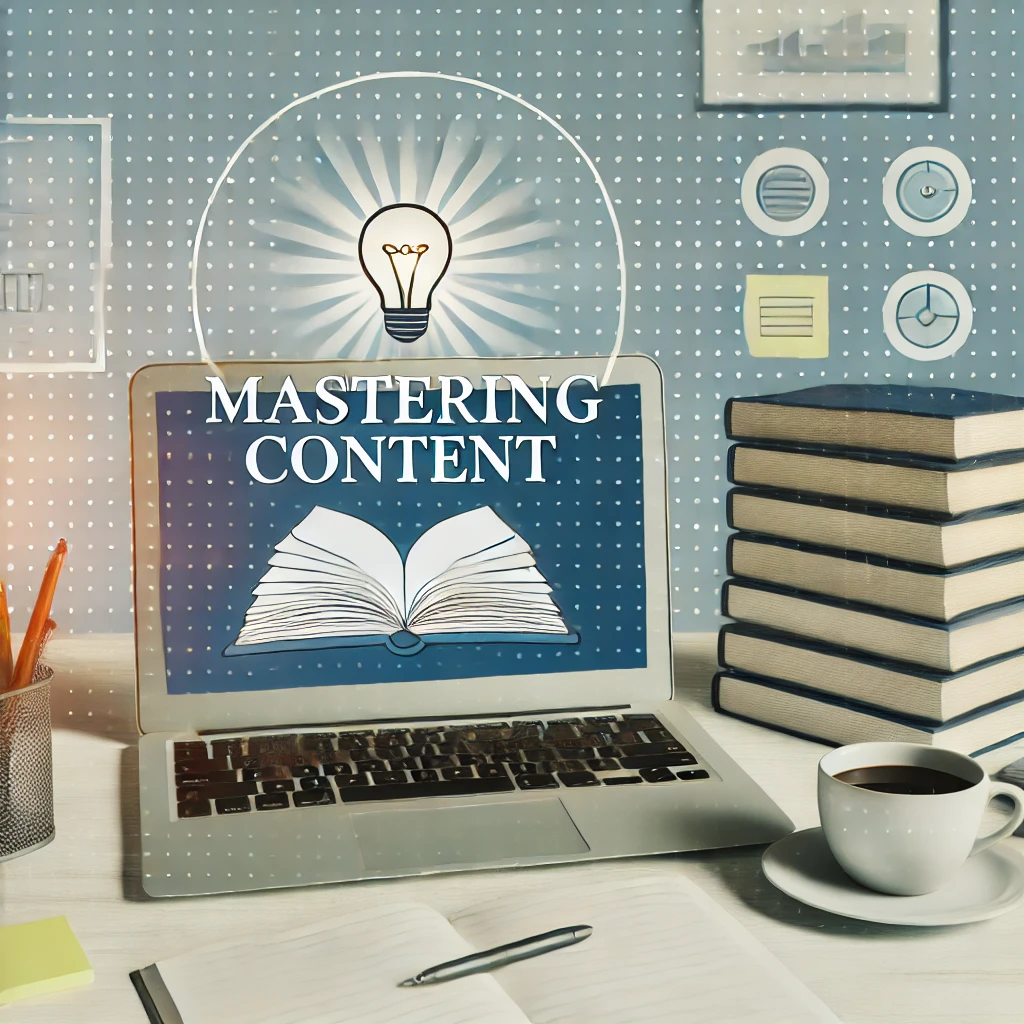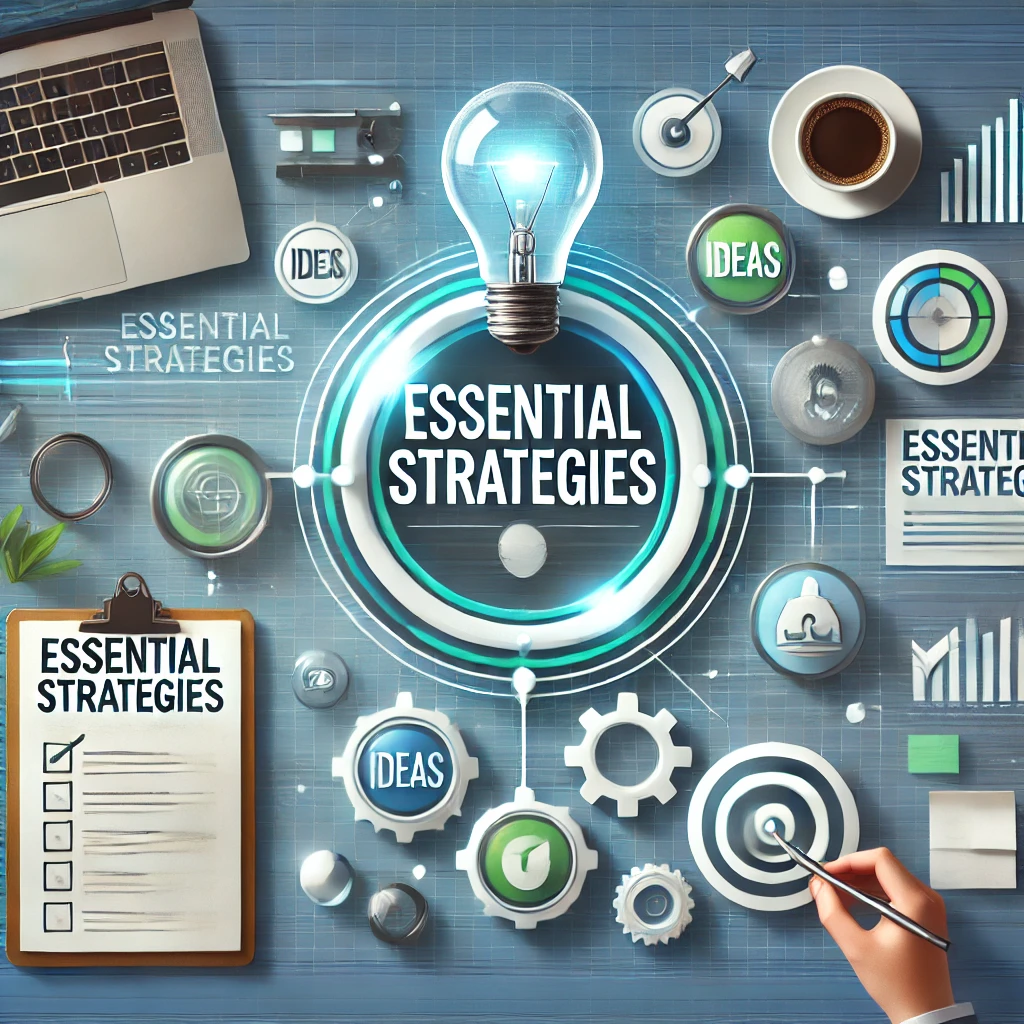Small and medium-sized businesses (SMBs) often find themselves at a disadvantage due to limited budgets and expertise. However, rich content has emerged as a crucial tool to bridge this gap. This think piece will delve into why rich content is the beacon of hope for SMBs aiming for revenue growth and sustained success.
SMBs face numerous challenges, from restricted marketing budgets to the often daunting task of establishing authority and trust in their respective markets. In an era where digital presence can make or break a business, understanding how rich content can level the playing field is more relevant than ever. Recent shifts towards content-driven strategies highlight the necessity for SMBs to prioritize this approach.
Main Argument:
Rich content is indispensable for SMBs as it serves as a potent tool to enhance visibility, build trust, and drive growth. Unlike paid advertisements that can be costly and short-lived, rich content offers long-term value by fostering organic engagement and establishing a loyal customer base. It encompasses a variety of formats, including blogs, videos, infographics, and whitepapers, which can be tailored to educate and engage the audience effectively.
Research shows that businesses focusing on content marketing can achieve up to six times higher conversion rates compared to those that don’t. According to a study by Content Marketing Institute, 72% of marketers said that content marketing increases engagement. For SMBs, this means more exposure, greater engagement, and enhanced customer trust—critical factors for revenue growth. Content Marketing Institute
When leveraged appropriately, rich content allows SMBs to compete with larger counterparts by providing valuable and relevant information, positioning them as industry thought leaders—a strategy that is both cost-effective and impactful.
Supporting Points:
Creating and sharing valuable content allows SMBs to build a community of informed and loyal customers. For instance, SMBs can use blog posts to address common pain points, offering solutions that demonstrate their expertise. Video content can provide insightful product demos or customer testimonials, further solidifying trust.
Additionally, case studies and whitepapers can serve as authoritative resources that deepen audience understanding and show a business’s capacity to deliver results. According to HubSpot, 80% of web traffic begins with a search query, emphasizing the importance of searchable, valuable content. HubSpot
Successful use of rich content not only helps in improving search engine rankings but also encourages social sharing, amplifying reach without significant financial investment. The ongoing trend towards value-driven consumer behavior further underscores the necessity for SMBs to adopt content strategies that offer genuine insights and solutions.
Counterarguments:
Some may argue that the creation of rich content is too time-consuming and resource-intensive for SMBs. While it’s true that developing high-quality content requires effort, the long-term benefits far outweigh the initial costs. SMBs can start small, focusing on creating a few pieces of cornerstone content that can be repurposed and expanded over time.
Another counterpoint is the perceived lack of immediate ROI. However, content marketing is a marathon, not a sprint. Businesses must recognize that the value accumulates over time, leading to sustained traffic, engagement, and conversion rates. The focus should be on consistent, strategic efforts rather than short-term gains.
Looking forward:
Rich content stands out as a powerful catalyst for SMBs aiming for sustainable growth and credibility. By investing in diverse and valuable content forms, SMBs can overcome budget constraints and expertise gaps, ultimately driving revenue growth and customer loyalty.
SMBs should prioritize content marketing as a key part of their strategy. Practical steps include identifying target audience needs, developing a content calendar, and using analytics to refine and improve their approach.
As we continue to navigate the digital age, rich content will remain a cornerstone of effective marketing strategies. SMBs adopting this approach now will be better positioned to compete, grow, and thrive.
We invite you to reflect on the role of rich content in your own strategy and explore further insights through resources like the Content Marketing Institute and HubSpot.
Related Posts:
Targeted Content Strategy for Filling Sales Pipelines (86.7% match)
Enhancing Content Creation with Advanced Tools and Workflows (83.72% match)
How Advanced Content Creation Tools Can Improve Your Workflow (83.58% match)



